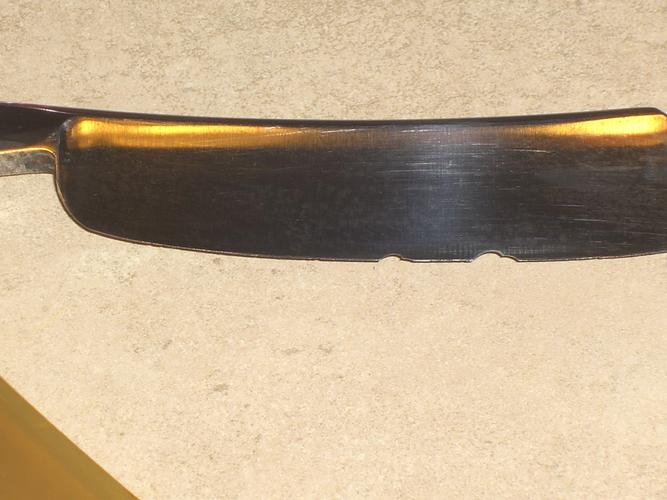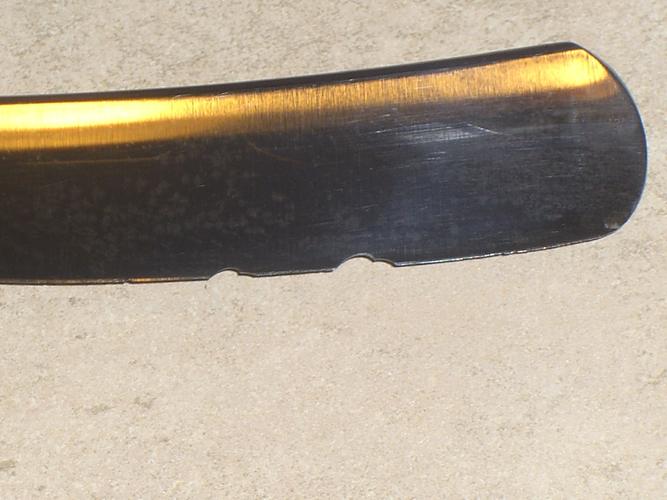Results 11 to 20 of 49
Thread: How do not make it worst?
Threaded View
-
11-12-2012, 03:53 AM #1
 How do not make it worst?
How do not make it worst?
Hello all good people,
I got this razor recently with idea to fix it as I did it with many other. Problem is it is my first razor, that big razor I will be wotking on. Also it is wedge and I would like to avoid to damage geometry of the blade. How to start repair of this edge? It is bad but I think it can be fix.












 34Likes
34Likes LinkBack URL
LinkBack URL About LinkBacks
About LinkBacks






 Reply With Quote
Reply With Quote